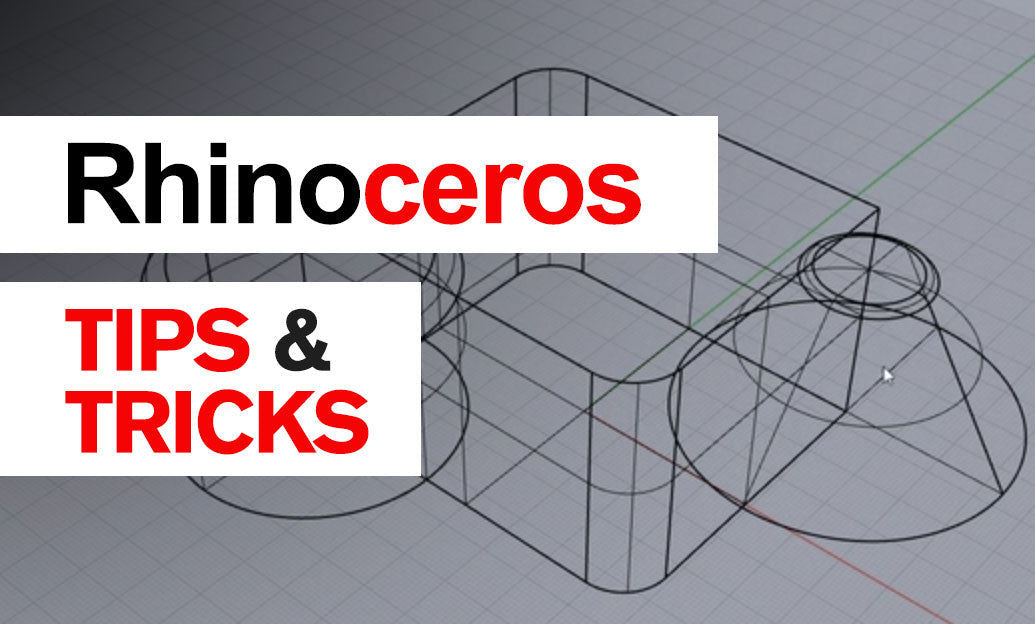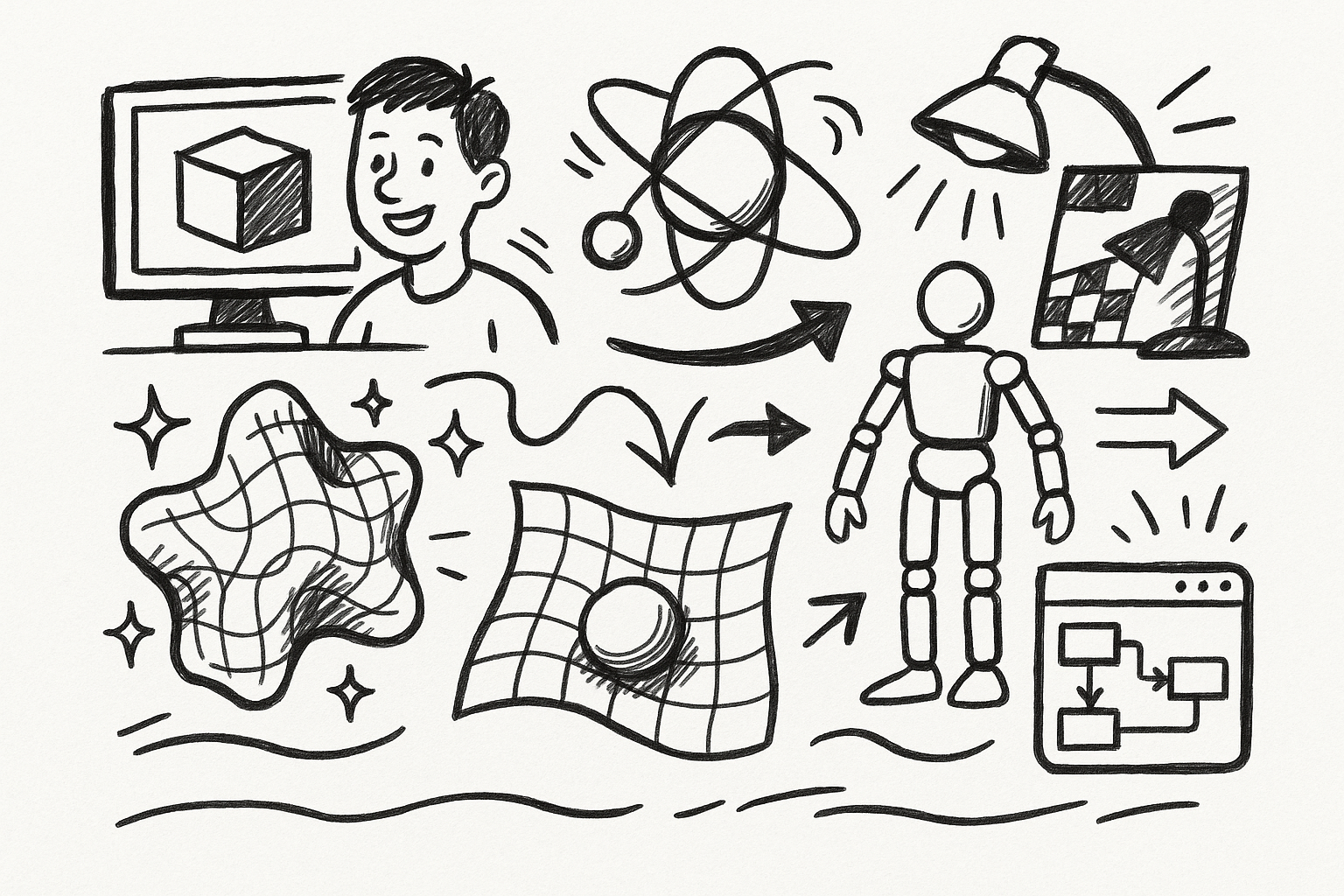Your Cart is Empty
Customer Testimonials
-
"Great customer service. The folks at Novedge were super helpful in navigating a somewhat complicated order including software upgrades and serial numbers in various stages of inactivity. They were friendly and helpful throughout the process.."
Ruben Ruckmark
"Quick & very helpful. We have been using Novedge for years and are very happy with their quick service when we need to make a purchase and excellent support resolving any issues."
Will Woodson
"Scott is the best. He reminds me about subscriptions dates, guides me in the correct direction for updates. He always responds promptly to me. He is literally the reason I continue to work with Novedge and will do so in the future."
Edward Mchugh
"Calvin Lok is “the man”. After my purchase of Sketchup 2021, he called me and provided step-by-step instructions to ease me through difficulties I was having with the setup of my new software."
Mike Borzage
Rhino 3D Tip: Maximizing 3D Modeling Efficiency with the ScaleExtrude Command in Rhino 3D
July 25, 2025 3 min read

Mastering the ScaleExtrude command in Rhino 3D can significantly elevate your 3D modeling capabilities. This versatile command allows you to extrude curves and surfaces while simultaneously scaling them, making it an essential tool for creating tapered, expanded, or contracted forms in a single, efficient operation.
Here are some detailed tips to effectively work with the ScaleExtrude command:
Understanding the Basics
- Select Appropriate Geometry: The ScaleExtrude command works with both open and closed curves, as well as surfaces. Start by selecting the curve or surface you wish to extrude and scale.
- Accessing the Command: You can find the ScaleExtrude command under the Surface menu or simply type ScaleExtrude into the command line.
Command Options
Once the command is activated, several options are available in the command line:
- Direction: Define the direction of extrusion. You can pick a point, use a line, or specify a vector to determine the path along which the geometry will be extruded.
- Scale Factor: Decide how much the profile should scale during the extrusion. A scale factor greater than 1 will enlarge the profile, while a factor between 0 and 1 will shrink it.
- Solid: Choose whether to cap the extruded object to form a solid or leave it as a surface. Setting this option to Yes will create a solid object, which is beneficial for 3D printing or simulations.
- Delete Input: Opt to delete the original geometry after the extrusion is complete, keeping your workspace uncluttered.
Practical Tips
- Use Orthographic Views: Working in orthographic views (Top, Front, Right) can help you precisely control the direction and scale of the extrusion, ensuring accuracy in your design.
- Snapping and Constraints: Utilize Rhino's snapping features and constraints like Ortho or SmartTrack to maintain alignment and proportion during the extrusion process.
- Incremental Scaling: For complex models, consider performing multiple smaller scale extrusions instead of a single large one. This approach can offer better control over the final shape.
- Edit After Creation: Remember that you can edit the resulting geometry using control points or additional transformation commands if adjustments are needed post-extrusion.
- Combine with Other Commands: Leverage other Rhino commands like Trim, Join, or Boolean Operations to further modify and refine your extruded models.
Advanced Uses
- Creating Organic Forms: The ScaleExtrude command is excellent for creating organic shapes that require gradual scaling, such as tapered tubes, funnels, or conical structures.
- Architectural Elements: Use it to model architectural features like spiraling ramps, tapered columns, or flaring structures, adding complexity to your designs with ease.
- Product Design: In product design, it can help in creating ergonomic handles, tapered bottle necks, or any component that changes in size along its length.
Enhance Your Workflow
To maximize efficiency, consider customizing your Rhino workspace:
- Assign Keyboard Shortcuts: Go to Options > Keyboard and assign a shortcut to the ScaleExtrude command for quick access.
- Create Custom Toolbars: Add the command to a custom toolbar for easy reach during complex modeling sessions.
- Use Macros and Scripts: For repetitive tasks, create macros or scripts to automate the ScaleExtrude process, saving time and reducing errors.
By integrating the ScaleExtrude command into your regular workflow, you can produce intricate models more efficiently and with greater precision. It's a powerful tool that, when mastered, opens up a myriad of possibilities in design and modeling.
For more advanced tips and to explore a wide array of 3D design software and resources, visit NOVEDGE. As a premier online store for design professionals, NOVEDGE offers competitive pricing and expert support to help you find the right tools for your projects.
Conclusion
Experiment with the ScaleExtrude command to discover new techniques and modeling strategies. The key to proficiency is practice and exploration. Dive into your next project with confidence, knowing that with commands like ScaleExtrude, you have the power to bring even the most complex designs to life.
Happy modeling from your friends at NOVEDGE!
You can find all the Rhino products on the NOVEDGE web site at this page.
Also in Design News

Revolutionizing 3D Design: Exploring Five Groundbreaking Innovations in Cinema 4D
August 31, 2025 4 min read
Read More
Revolutionizing Telecommunications: The Rise of Advanced Design Software
August 31, 2025 16 min read
Read More
Cinema 4D Tip: Optimizing 2D Matte Integration with Projection Man in Cinema 4D
August 31, 2025 3 min read
Read MoreSubscribe
Sign up to get the latest on sales, new releases and more …


